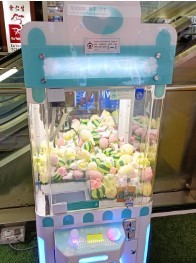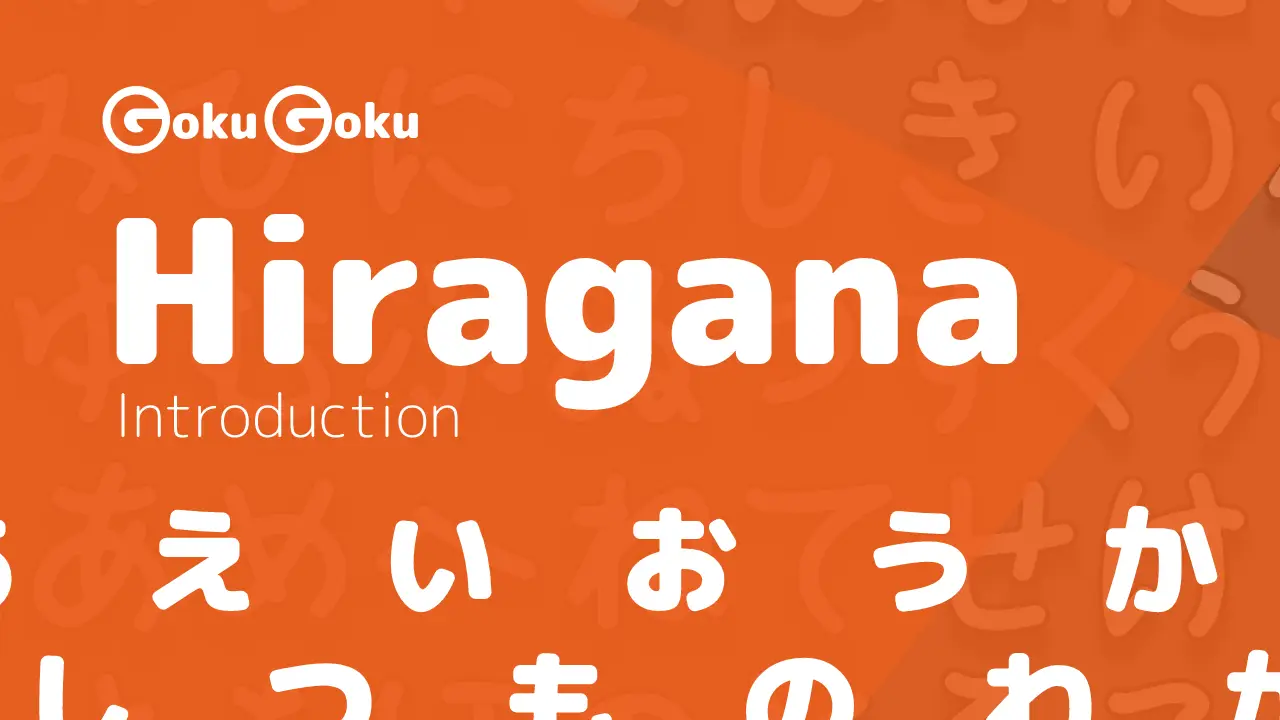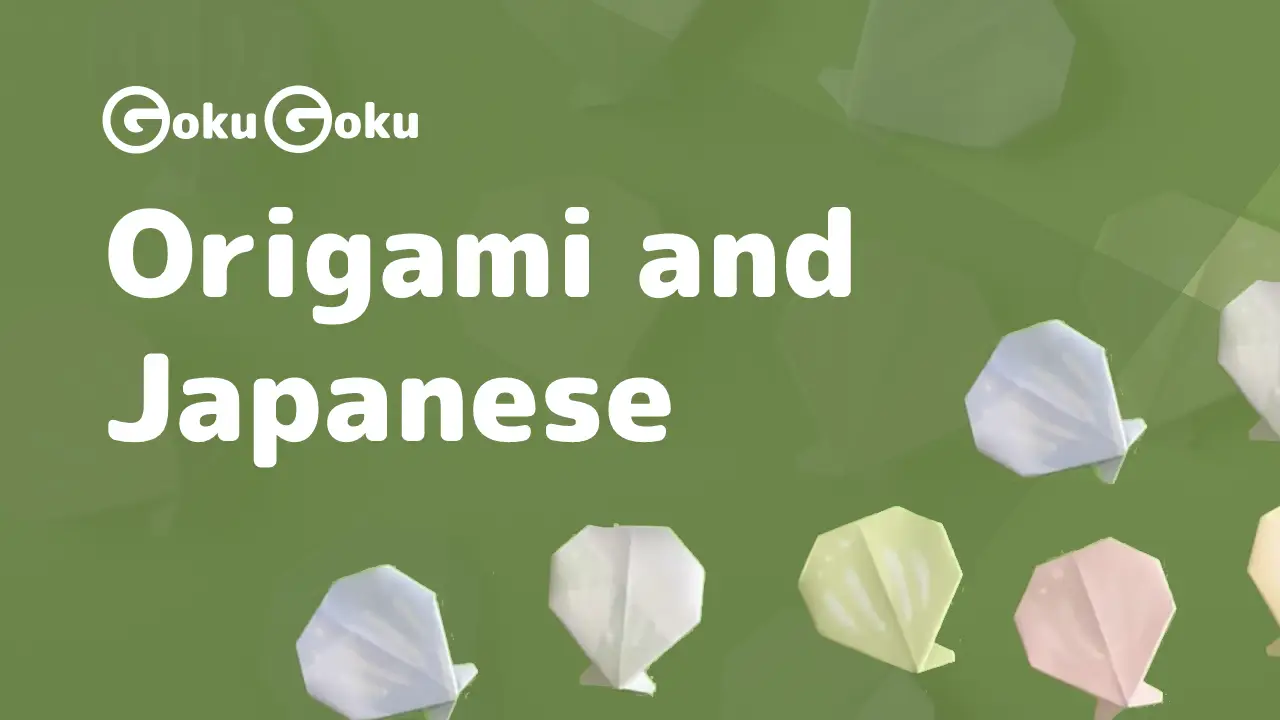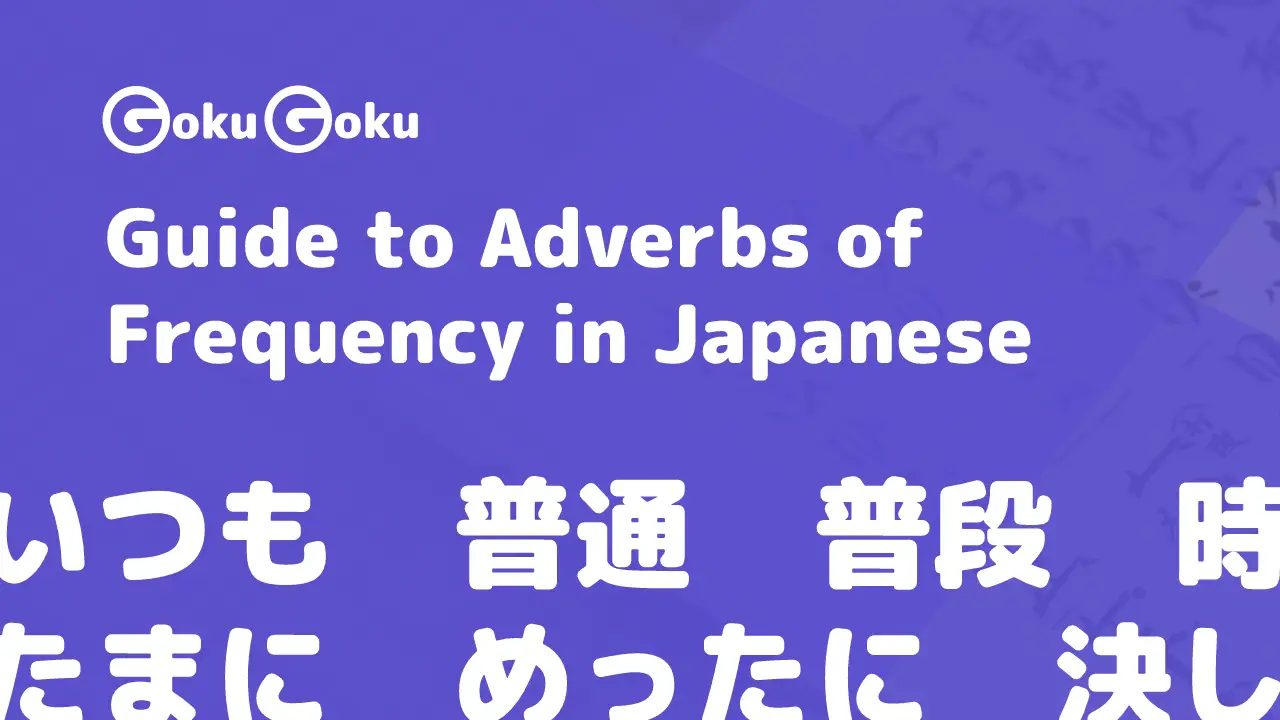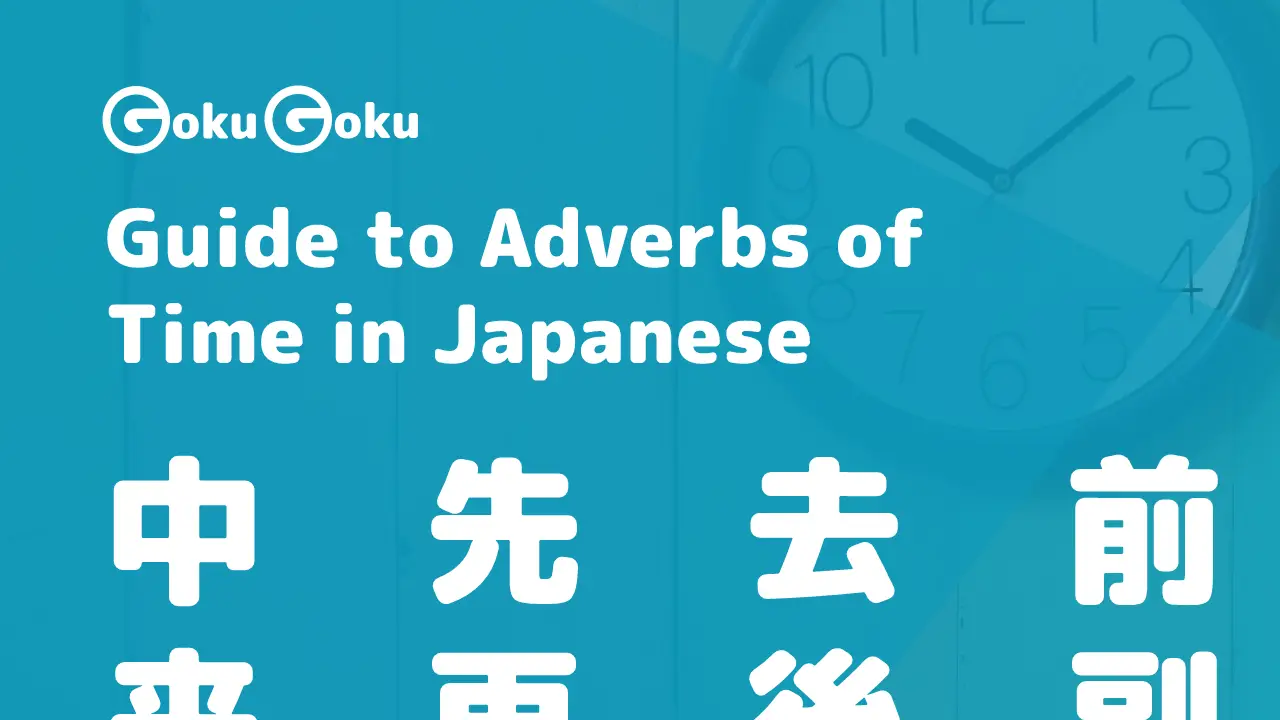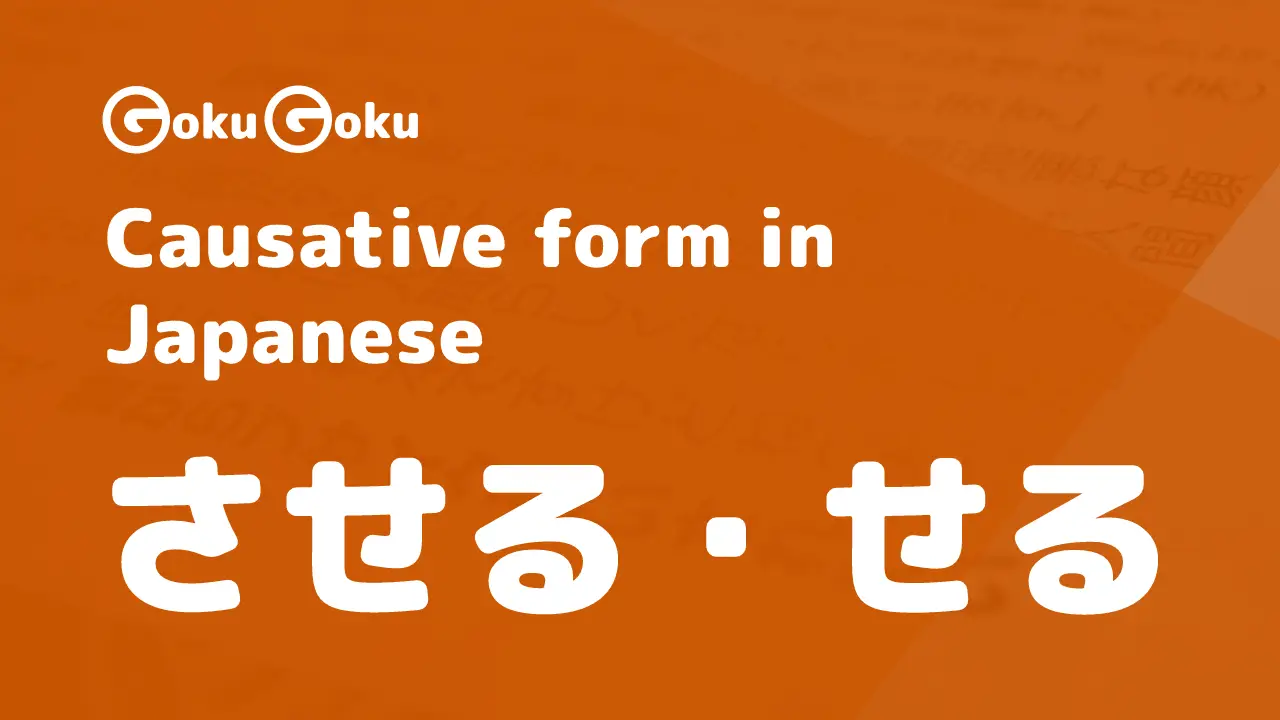Where is the Japanese language spoken?
We think that Japanese is only used in Japan, actually the language for historical reasons spread outside the archipelago in different periods.
The term used to refer to Japanese emigrants to foreign lands is 日系 Nikkei or 日系人 Nikkei-jin.
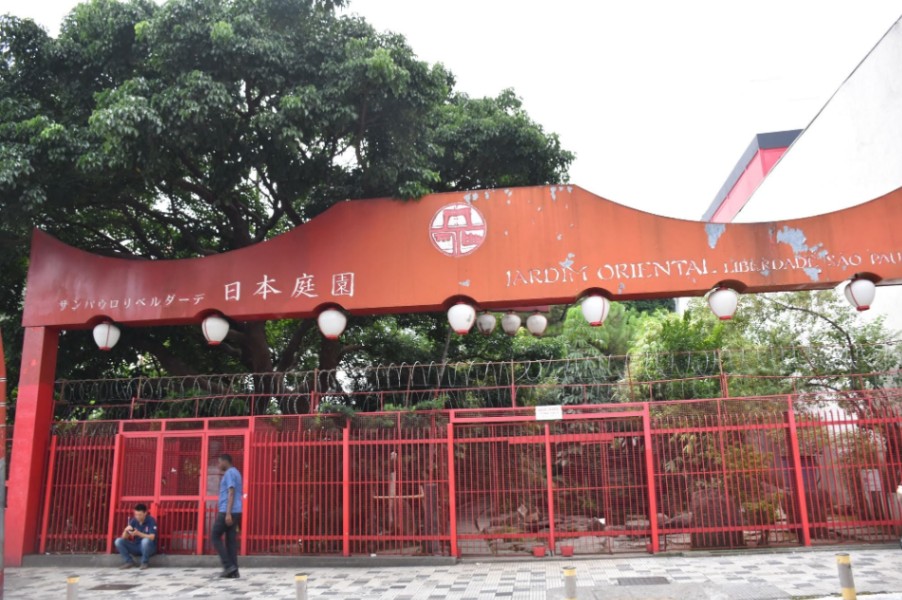
(日|ひ) ideogram that means "day, Sun" and it represents the country: Japan, Nihon or Nippon 日本, the Land of the Rising Sun
系 ideogram indicating descent, genealogy
(人|ひと) ideogram for "man, person"
According to the Association of Nikkei and Japanese Abroad, about 3.8 million Nikkei live in their adopted countries and the largest of these foreign communities are in Brazil, the United States, the Philippines, China, Canada and Peru.
Where Japanese language is spoken
Japan's massive expansion overseas occurred between the late 19th century and the early 1960s and with it came the spread of the language.
Among the occupied territories there were Taiwan, Korea, the Sakhalin islands, Micronesia (Oceania) and Manciuria (northwest part of China).
The Japanese conquerors ruled in these areas 'in Japanese', so even after the end of the occupation and repatriation, the knowledge of the language remained among the local people.
Japanese along with English represents the official language 公用語 in the island of Angaur belonging to the Republic of Palau in Micronesia and is also understood in the Marshall Islands.
Another important Japanese flow in the Americas, particularly South America, Hawaii, California and Canada.
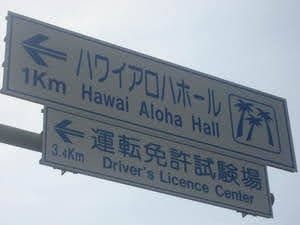
Immigration to these areas occurred around the 1960s and first generation Japanese can still be found.
The concept of generation
The groups of immigrants were historically differentiated by the terms 一世 issei (first generation of Nikkeijin), 二世 nisei (second generation), 三世 sansei (third generation) and 四世 yonsei (fourth generation).
The japanese word for generation is 世代 sedai
一世 issei is the Japanese term used in North and South America and Australia to describe the first Japanese (Nikkei) that emigrated to each country.
The children and grandchildren of Issei who were born in the countries to which they emigrated are known as Nisei and Sansei respectively.
Japanese communities
日系ブラジル人 Brasil
Liberdade (リベルダーデ) is a neighbourhood in São Paulo, Brazil that represents the largest Japanese community outside Japan. Today, there are Chinese and Korean business activities in the neighbourhood, and the area is still known as the Japanese Quarter of Brazil.
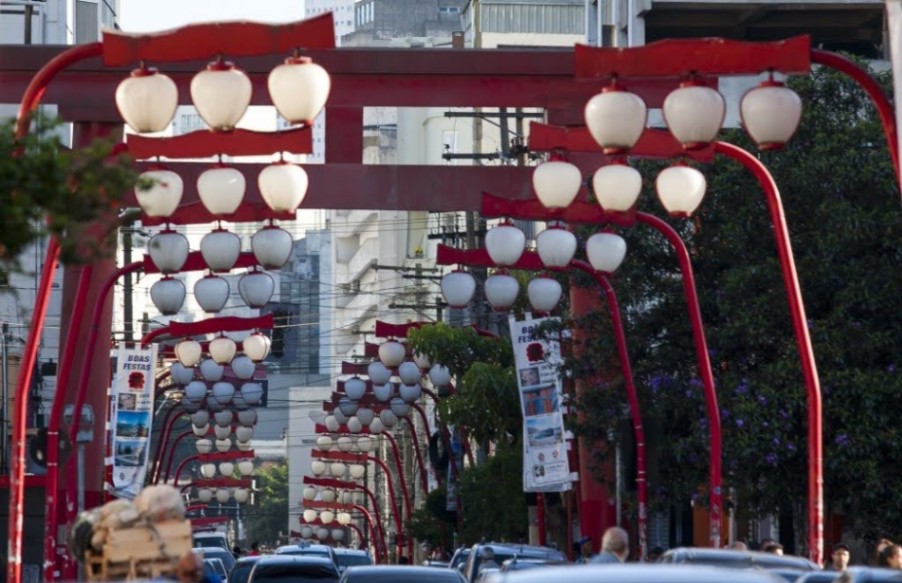
First Japanese immigrants reached Brazil aboard the Kasado Maru in 1908. There are an estimated 1.5 million Nikkei in Brazil, the largest population of Nikkei in the world, many of whom have come to occupy key positions in Brazilian society.
Kasado Maru 笠戸丸 was used to transport Japanese immigrants to Hawaii in 1906 and to Peru and Mexico in 1907. In 1908, it brought the first official group of Japanese immigrants to Brazil. Here a historical picture of the ship.
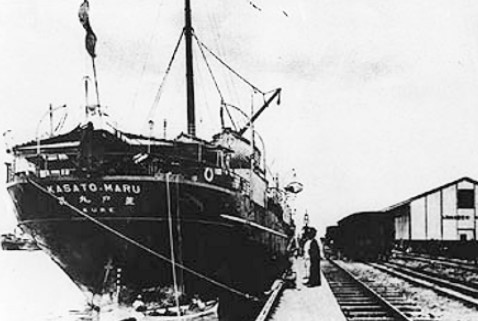
日系カナダ人 Nikkei in Canada
Japanese Canadians (in English: Nikkei Canadians) are Canadians of Japanese ancestry or Japanese immigrants who have acquired Canadian citizenship. They reside mainly in large cities such as Vancouver and Toronto.
Consider that in 2011, the population of Japanese Canadians numbered 109.740 (of whom 54.840 were of mixed heritage).
Nikkei National Museum & Cultural Centre, whose aim is to honour, preserve and share the history and heritage of Japanese Canadians and Japanese culture in Canada.
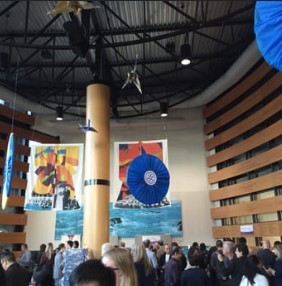
In Peru the Japanese presence is the longest-lived one, since the 17th century the first Japanese were recorded in Lima and in 1907 the first Japanese association "The Association of Japanese Hairdressers" was founded. Today the number of Peruvians of Japanese origin is around 80,000.
日系アメリカ人 United States of America and Nikkeijin
The first Issei that came to the USA settld to the then Kingdom of Hawaii rather than the mainland. The workers, many of whom escaped their impoverished lives in Japan, travelled to Hawaii aboard the American steamer City of Tokyo (SS City of Tokio). Their migration was subsidised by the Hawaiian government, which needed cheap labour on its sugar cane and pineapple plantations.
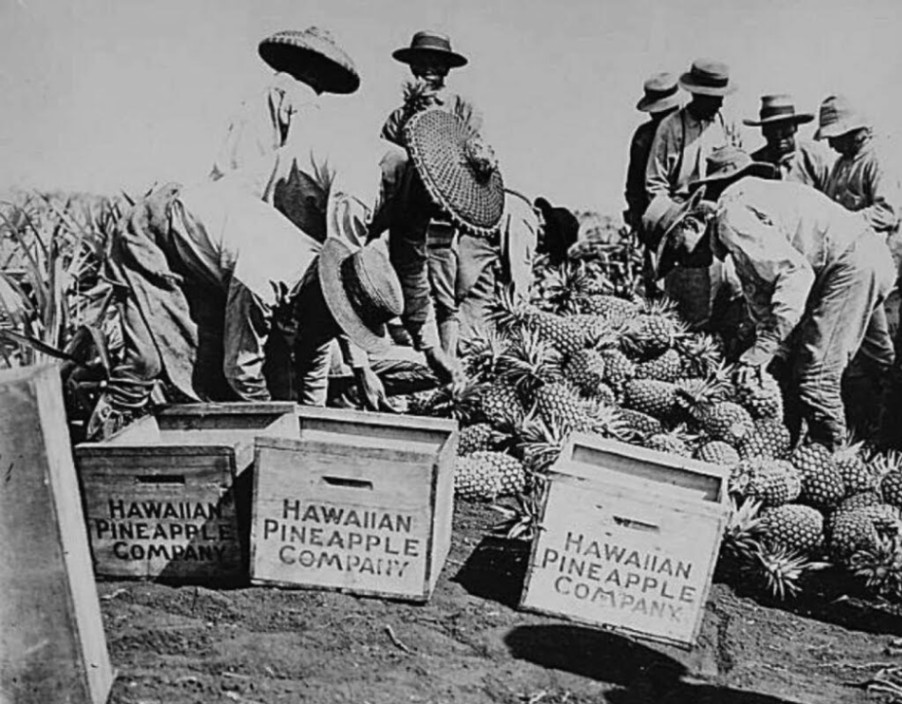
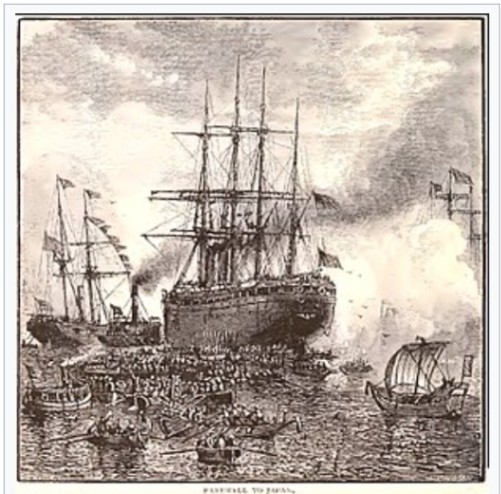
日系ペルー人 Peru
Nikkei Peruvians or in Spanish language peruanos japoneses are Peruvians of Japanese descent. However, the term Nikkei Peruvians may also include Issei with Japanese nationality. It may also refer to Peruvians with Japanese roots living in Japan and other countries. The current Nikkei population could be in the hundreds of thousands.
ペルーの日系料理
Japanese Peruvian cuisine
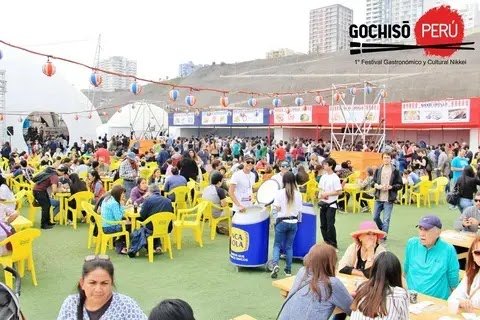
ご馳走さまでした。
It was delicious.
The name of the Peruvian event Gochisō, is an expression required by Japanese etiquette at the end of a meal; it represents a form of gratitude towards the person who prepares the food for us and also towards Creation, towards Nature that nourishes us.
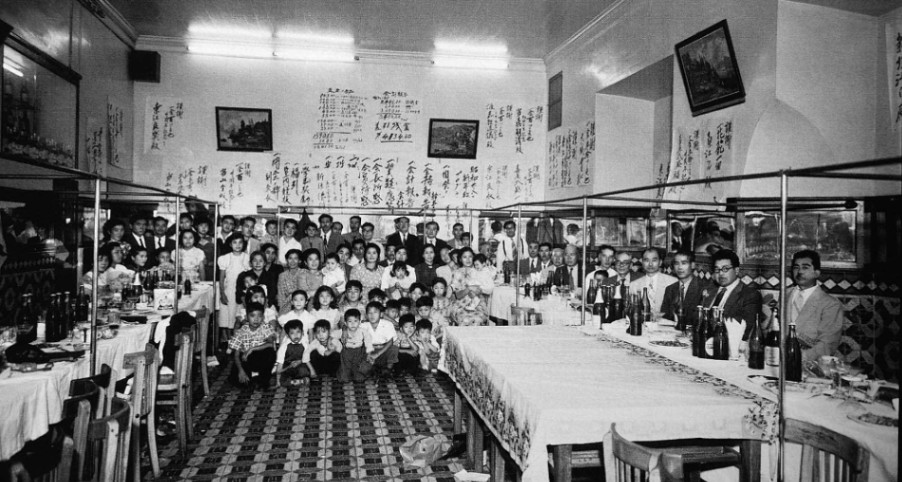
A wonderful historical photo of the Nikkei community in Peru, dating back to 1953 and the event shooted is the o-shōgatsu, New Year Festival, in Japanese お正月.
Japanese in Italy
Some numbers about the Japanese presence in Italy: according to ISTAT data as of 1 January 2020, the number of Japanese registered in Italy is 7481 of which 2595 in Lombardy and 1262 in the regions of Lazio and Tuscany.
Interesting then is the evolution of Japanese language in the various areas where it has landed. Many 'Nikkeijin' often consider it as 変, hen which means strange, odd, weird, it's the natural consequence of the interaction between a culture and a different one.
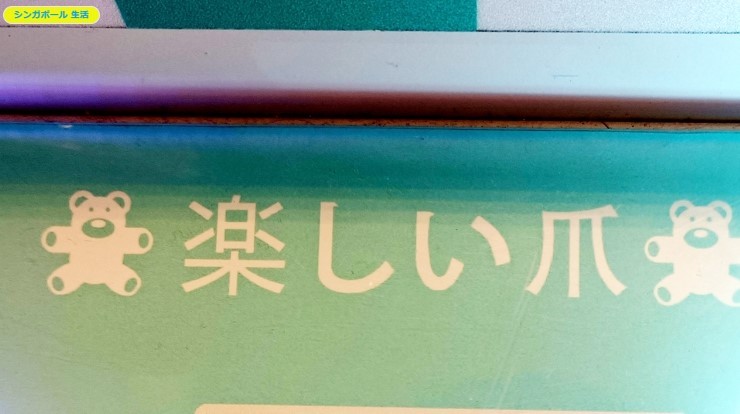
It's the famous Sega Ufo Catcher, crane machine In Singapore, but the name printed on the sign is a little bit weird 楽しい爪, the fun nail...
